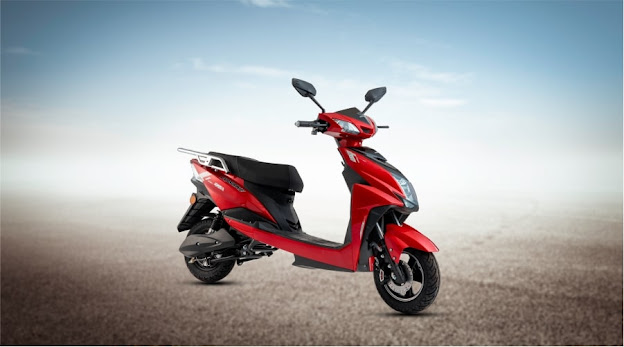Electric Scooters vs. Traditional Bicycles: A Comparison of Eco-Friendly Transportation Option
In today's world, where sustainability and environmental consciousness are becoming increasingly important, people are actively seeking alternative modes of transportation. Electric scooters and traditional bicycles have emerged as popular choices for eco-friendly commuting. Both options offer advantages and drawbacks, and understanding their key differences can help individuals make informed decisions. In this article, we will compare electric scooters and traditional bicycles as eco-friendly transportation options.
- Environmental Impact:
When it comes to environmental impact, both electric scooters and traditional bicycles have distinct advantages. Electric scooters produce zero emissions while in use, as they are powered by electric motors and rechargeable batteries. They contribute significantly less to air pollution compared to gasoline-powered vehicles, making them a greener choice. On the other hand, traditional bicycles do not generate any emissions, as they rely solely on human power. They have no carbon footprint and are the epitome of eco-friendly transportation.
- Energy Efficiency:
Electric scooters are highly energy-efficient due to their electric motor technology. They convert electricity into mechanical energy with minimal energy loss, allowing them to cover longer distances on a single charge. The energy consumption of electric scooters varies depending on the model, but generally, they require less energy than traditional bicycles. In contrast, traditional bicycles require physical exertion from the rider, making them less energy-efficient in comparison.
- Speed and Range:
Electric scooters have an advantage when it comes to speed and range. They can reach higher speeds than traditional bicycles, typically ranging from 15 to 30 miles per hour (24 to 48 kilometers per hour). This makes electric scooters a practical option for longer commutes or when time is a factor. Additionally, best Indian electric scooters have a range of 15 to 30 miles (24 to 48 kilometers) on a single charge, allowing riders to cover more ground without the need for frequent recharging. Traditional bicycles, while capable of reaching decent speeds, rely solely on the rider's physical capabilities and do not offer the same range as electric scooters.
- Infrastructure and Convenience:
Electric scooters require proper charging infrastructure and designated parking areas for users to conveniently recharge and park them. Many cities have implemented docking stations or charging points to support the growing popularity of electric scooters. In contrast, traditional bicycles do not rely on charging infrastructure and can be parked almost anywhere. Bicycles also offer the advantage of being able to navigate through traffic more easily and maneuver into narrow spaces where electric scooters might face limitations.
- Health Benefits:
While Indian electric scooters offer convenience and a faster mode of transportation, traditional bicycles provide notable health benefits. Cycling is a physical activity that engages various muscle groups, improves cardiovascular health, and helps maintain overall fitness. Regular cycling can contribute to weight loss, reduce the risk of chronic diseases, and improve mental well-being. Electric scooters, while providing a means of transportation, do not offer the same level of physical exercise as traditional bicycles.
- Conclusion
In conclusion, both electric scooters and traditional bicycles have their own merits and considerations as eco-friendly transportation options. Electric scooters are efficient, require minimal physical effort, and provide greater speed and range. On the other hand, traditional bicycles offer zero emissions, health benefits, and convenience in terms of parking and maneuverability. Ultimately, the choice between electric scooters and traditional bicycles depends on individual preferences, commuting needs, and the availability of infrastructure. Regardless of the choice, embracing eco-friendly transportation alternatives is a step towards a greener future.




Comments
Post a Comment